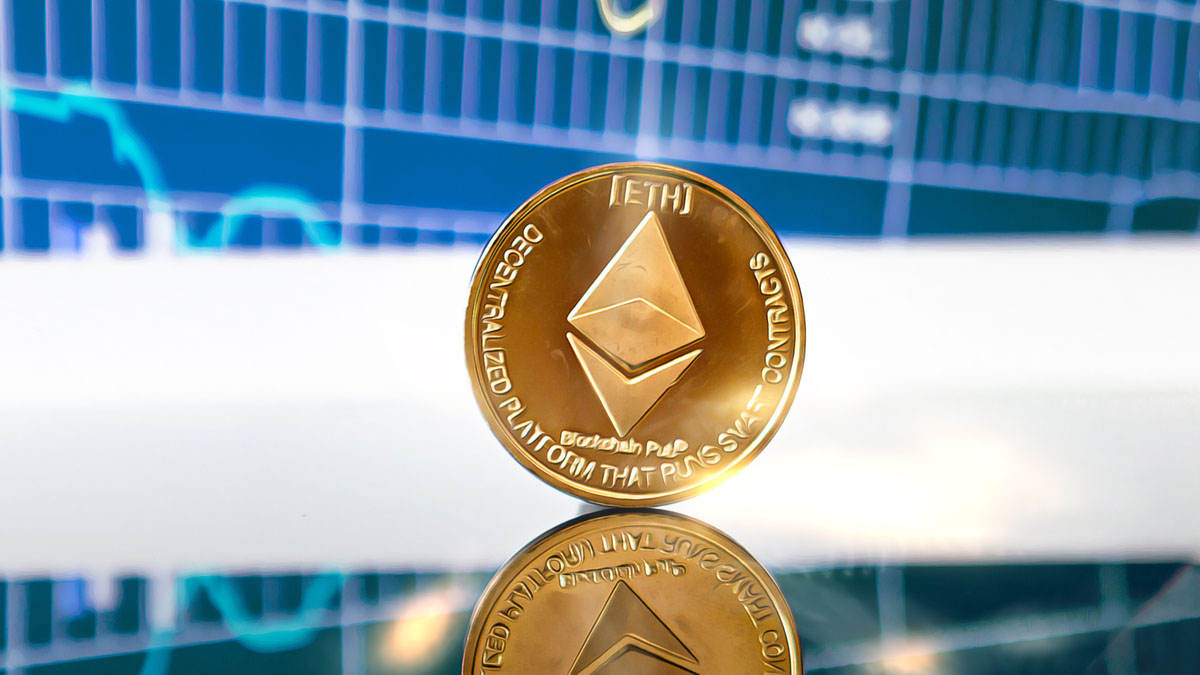Ethereum (ETH) may be experiencing a significant downturn at present, but in-chain data suggests potential for price increases in the short to medium term. According to market analyst Ali Martinez, using IntoTheBlock’s In/Out of the Money Around Price (IOMAP) indicator, there is no significant resistance ahead for Ethereum.
Data reveals that out of the total addresses on the network, 65.4% or 7.82 million are currently in profit. This contrasts with the 34.5% or 4.13 million addresses that are at a loss. Ethereum holders at the breakeven point constitute only about 0.10% or 12,430 of the total wallet count.
Martinez suggests that without any apparent supply barrier, Ethereum could rise to $2,700 in the short term, surpassing the $2,500 projection. If achieved, ETH could retest price levels last seen in early May 2022. However, this prediction might be overly optimistic and could deviate significantly from reality.
At the time of writing, Ethereum is attempting to recover from minor losses accrued since the new year, showing a 0.28% increase over the last 24 hours, trading at $2,310.95. Over the past week, Ethereum maintained a slight uptrend with a 1.12% increase.
Ethereum faces existential threats from key competitors including Solana (SOL), XRP Ledger, Avalanche (AVAX), and Cardano (ADA). Despite its relatively weak growth compared to these alternatives, Ethereum has seen Solana expand its influence, especially after a notable reversal in DEX volumes and other core areas. Solana has recorded a much more bullish price movement compared to Ethereum’s performance last year.
Other chains like Cardano and XRPL are also gearing up for development in the coming months, showcasing innovations that prove their readiness for growth.













